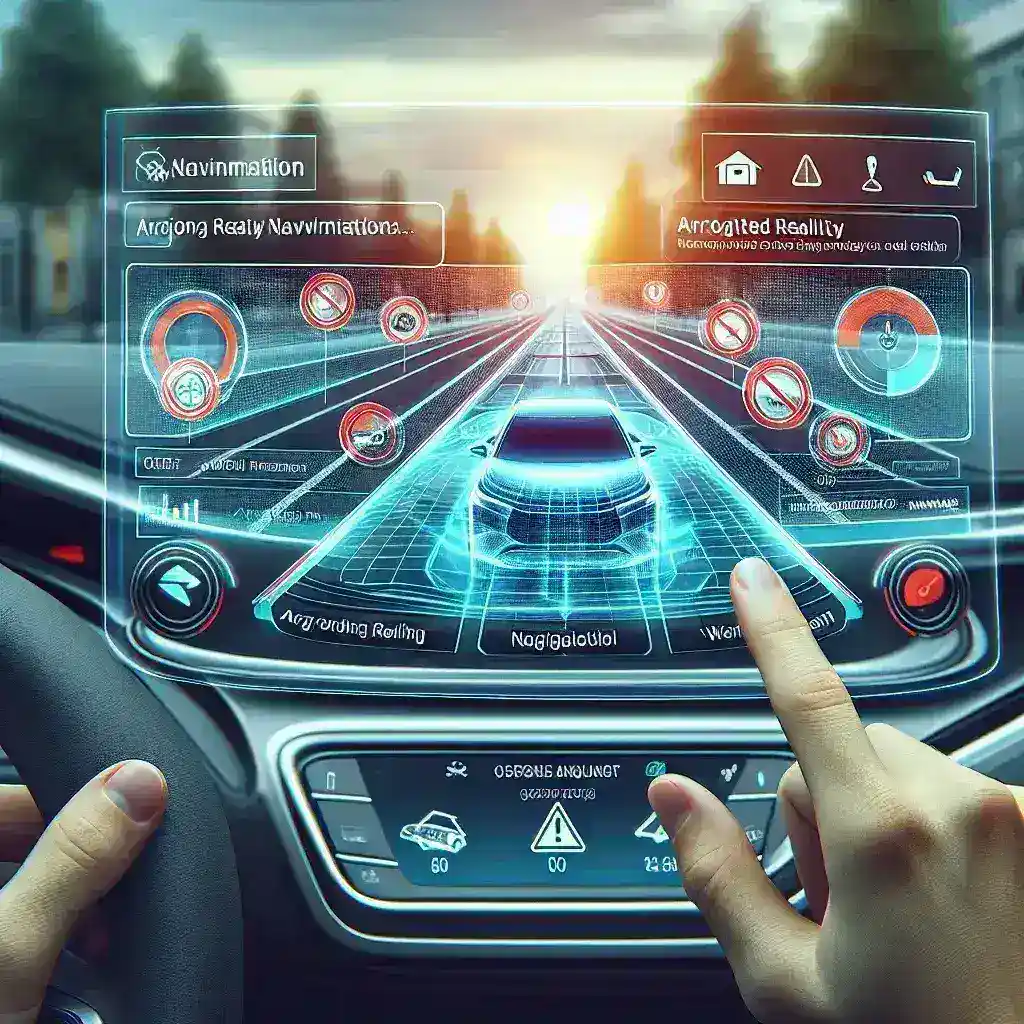Introduction
In recent years, the automotive industry has embraced groundbreaking technologies, transforming the way we drive. Among these innovations, augmented reality (AR) windshields stand out, promising to enhance road safety and navigation. This article delves into the mechanics of augmented reality windshields, their benefits, potential hazards they highlight, and the future they herald for drivers and passengers alike.
Understanding Augmented Reality Windshields
Augmented reality windshields use advanced technology to overlay digital information onto the vehicle’s windshield, merging the real world with virtual elements. By utilizing a combination of sensors, cameras, and projection techniques, these windshields provide drivers with critical information, enhancing their situational awareness.
How Augmented Reality Works
At the core of augmented reality windshields lies a sophisticated system that interprets the vehicle’s surroundings. Components include:
- Cameras: Capture real-time images of the road and environment.
- Sensors: Detect nearby objects, road signs, and potential hazards.
- Projection Modules: Display navigational prompts and alerts directly onto the windshield.
Key Features of AR Windshields
AR windshields offer a variety of features designed to assist drivers:
- Navigation Instructions: Directions are projected directly onto the windshield, providing a seamless experience without diverting attention from the road.
- Hazard Alerts: The system identifies and highlights potential dangers, such as pedestrians, cyclists, and obstacles in the roadway.
- Speed and Traffic Information: Real-time data about speed limits and traffic conditions can be displayed, ensuring compliance and awareness.
The Benefits of Augmented Reality Windshields
Integrating augmented reality into vehicle windshields offers myriad advantages:
Enhanced Safety
The primary benefit of AR windshields is the significant enhancement of safety. By providing crucial information while minimizing distractions, drivers can maintain focus on the road ahead. This technology reduces the likelihood of accidents caused by looking away from the windshield to check navigation devices.
Improved Navigation
With navigation instructions displayed directly in the driver’s line of sight, AR windshields facilitate smoother driving. They eliminate the need for drivers to glance at a GPS unit or smartphone, allowing for quicker reactions to turns and changes in the road.
Contextual Information
Augmented reality windshields can provide contextual information, guiding drivers to relevant points of interest, nearby services, or traffic updates. This feature can enhance the driving experience, making it more enjoyable and informative.
Potential Hazards Highlighted by AR Windshields
While augmented reality windshields offer numerous benefits, they also play a critical role in highlighting potential hazards:
Pedestrian Detection
AR technology can identify pedestrians crossing the road and display alerts to the driver. This feature is particularly vital in urban settings where foot traffic is common.
Blind Spot Awareness
Augmented reality systems can enhance awareness of blind spots by projecting images or indicators onto the windshield, helping drivers make safer lane changes.
Weather Conditions
Real-time weather data can be integrated into the AR display, warning drivers of adverse conditions like rain, fog, or snow. This feature allows drivers to adjust their driving style proactively.
The Future of Augmented Reality in Vehicles
As technology advances, the future of augmented reality in vehicles looks promising. Experts predict that:
Wider Adoption in Consumer Vehicles
More automakers are expected to integrate AR windshields into their models, making this technology accessible to the average consumer. This shift will likely lead to improved road safety standards globally.
Integration with Autonomous Vehicles
In the realm of autonomous driving, AR windshields may serve as vital communication tools, displaying information about the vehicle’s surroundings to passengers.
Continued Innovation
As research progresses, augmented reality technology will continue to evolve. Enhancements may include more sophisticated hazard detection systems, improved projection clarity, and increased customizability for drivers.
Challenges and Considerations
Despite the numerous advantages, several challenges must be considered:
Cost of Implementation
The technology behind AR windshields can be expensive, potentially leading to higher vehicle costs. Automakers must find a balance between innovation and affordability.
Driver Overload
There’s a risk of overwhelming drivers with too much information. Developers must ensure that AR interfaces are intuitive and display only essential data.
Regulatory Hurdles
As with any new technology in the automotive sector, regulations will need to evolve. Ensuring that AR windshields meet safety standards will be crucial for widespread adoption.
Conclusion
Augmented reality windshields represent a significant leap forward in automotive technology, offering unparalleled safety features and enhancing navigation experiences. As this technology continues to develop, it holds the potential to transform how we interact with our vehicles and the road. By keeping drivers informed and aware of their surroundings, AR windshields may very well become a staple in future vehicles, paving the way for a safer and more efficient driving experience.

